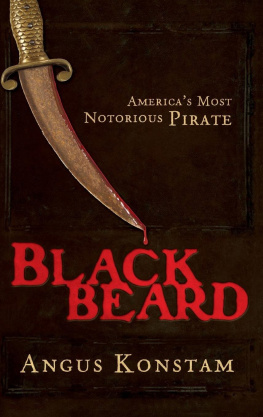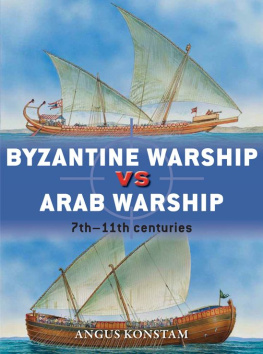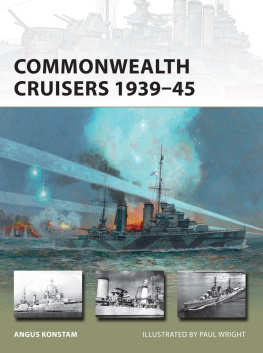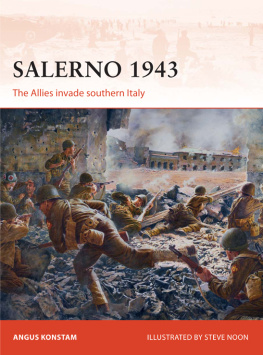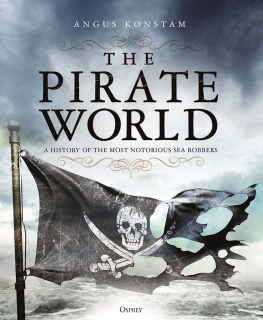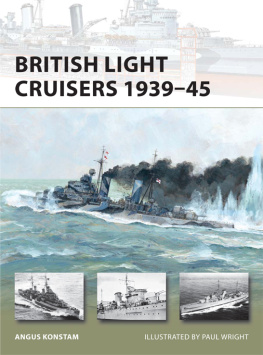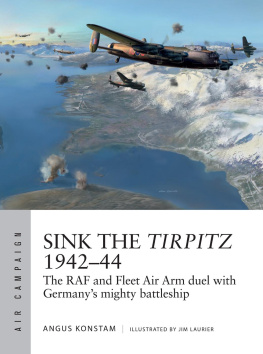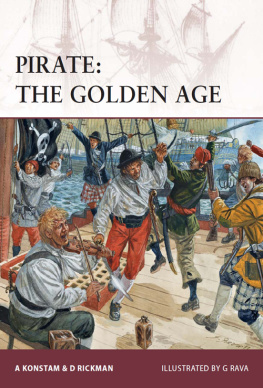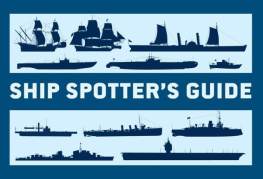Angus Konstam - British Destroyers 1939–45
Here you can read online Angus Konstam - British Destroyers 1939–45 full text of the book (entire story) in english for free. Download pdf and epub, get meaning, cover and reviews about this ebook. year: 2017, publisher: Bloomsbury Publishing, genre: History. Description of the work, (preface) as well as reviews are available. Best literature library LitArk.com created for fans of good reading and offers a wide selection of genres:
Romance novel
Science fiction
Adventure
Detective
Science
History
Home and family
Prose
Art
Politics
Computer
Non-fiction
Religion
Business
Children
Humor
Choose a favorite category and find really read worthwhile books. Enjoy immersion in the world of imagination, feel the emotions of the characters or learn something new for yourself, make an fascinating discovery.
- Book:British Destroyers 1939–45
- Author:
- Publisher:Bloomsbury Publishing
- Genre:
- Year:2017
- Rating:5 / 5
- Favourites:Add to favourites
- Your mark:
- 100
- 1
- 2
- 3
- 4
- 5
British Destroyers 1939–45: summary, description and annotation
We offer to read an annotation, description, summary or preface (depends on what the author of the book "British Destroyers 1939–45" wrote himself). If you haven't found the necessary information about the book — write in the comments, we will try to find it.
British Destroyers 1939–45 — read online for free the complete book (whole text) full work
Below is the text of the book, divided by pages. System saving the place of the last page read, allows you to conveniently read the book "British Destroyers 1939–45" online for free, without having to search again every time where you left off. Put a bookmark, and you can go to the page where you finished reading at any time.
Font size:
Interval:
Bookmark:
Between the two world wars, Britain built destroyers developed from the successful designs it produced during World War I. These were all medium-sized general-purpose destroyers, and each new class was an evolutionary refinement of the previous one. This course was encouraged by government parsimony and a reliance on the naval status quo being maintained through naval treaties. Once Britain had led the world in destroyer design, but it was now resting on its laurels.
In the mid-1930s the British Admiralty was forced to accept that its destroyer designs were now inferior to some of those being built by its potential foreign rivals. Its solution was to design and build the first of a new breed of destroyer warships that represented a clear break with the past.
These became the Tribal class, destroyers built specifically to counter the threat posed by the large gun-armed destroyers in foreign service. Following this, the Admiralty resumed the building of medium destroyers, albeit ones of a modern design. Further classes were planned, but the imminence of war forced another rethink. This resulted in the War Emergency Programme, a mass production of speedily produced destroyers which might lack the performance of preceding classes, but which could be built quickly, and in large numbers. As destroyer losses mounted, these new vessels came to form the bulk of Britains destroyer fleet.
While the book is subtitled Wartime-built classes (the previous volume covering Pre-war classes), the real division came in 1938, when the first of the Tribals entered service. They were such a departure from their inter-war predecessors that this second volume begins with them, and traces the development of these destroyers and those that followed them, whether built shortly before hostilities began, or during the war itself. The result, I hope, is a broad picture of a type of ship that proved vital to Britains ultimate victory at sea during World War II.
When World War I ended, the Royal Navy operated a powerful fleet of destroyers, so there was no need to build more. The immediate post-war years were also a time of disarmament, and international naval treaties limited the size of destroyer fleets. Then, from 1928 a shipbuilding programme began, under which older destroyer flotillas would gradually be replaced by new ones. These inter-war ships were medium-sized, general-purpose destroyers, all conforming to the same general design. Each though, tended to be an improvement on the previous batch, with each class following in alphabetic order, from A to I. Nevertheless, by the time the first G-, H- & I-class destroyers were laid down in 1934, it was clear that the Royal Navy was being outclassed. What followed was an attempt to remedy that situation.
In 1928, the Japanese commissioned the IJNS Fubuki, a 1,750-ton destroyer armed with six 5in guns and three triple 24in torpedo launchers. By 1933 the Japanese had 24 of the Fubuki and similar Akatsuki classes in service. The Admiralty largely ignored this development until then, when reports from the commander of Britains China Fleet highlighted the discrepancy in firepower between his own destroyers and these new Japanese ones. As a result, the Admiralty ordered the Director of Naval Construction (DNC) to produce designs for a new gun-heavy destroyer. It was referred to as a V leader, as it was the size of a flotilla leader, even though no flotilla leaders were ever designated for this new class.
The Admiralty issued its Staff Requirements to the DNC, who in turn canvassed the seagoing fleet commanders, and consulted his own sub-departments, who dealt with specifics such as weaponry, engineering and electrics. By late 1934 the design was taking shape, and various plans were submitted to the Admiralty. It was decided to opt for four or five twin 4.7in turrets, even though the turret itself was not fully developed. These were low-angle (LA) guns, which lacked the ability to engage enemy aircraft effectively. This, though, was inevitable, as in the mid-1930s the Navy lacked an effective dual-purpose (DP) gun, capable of engaging both surface and airborne targets. Final designs for an eight-gun destroyer were approved that winter, and an initial group of seven ships were funded in the 193536 naval estimates.
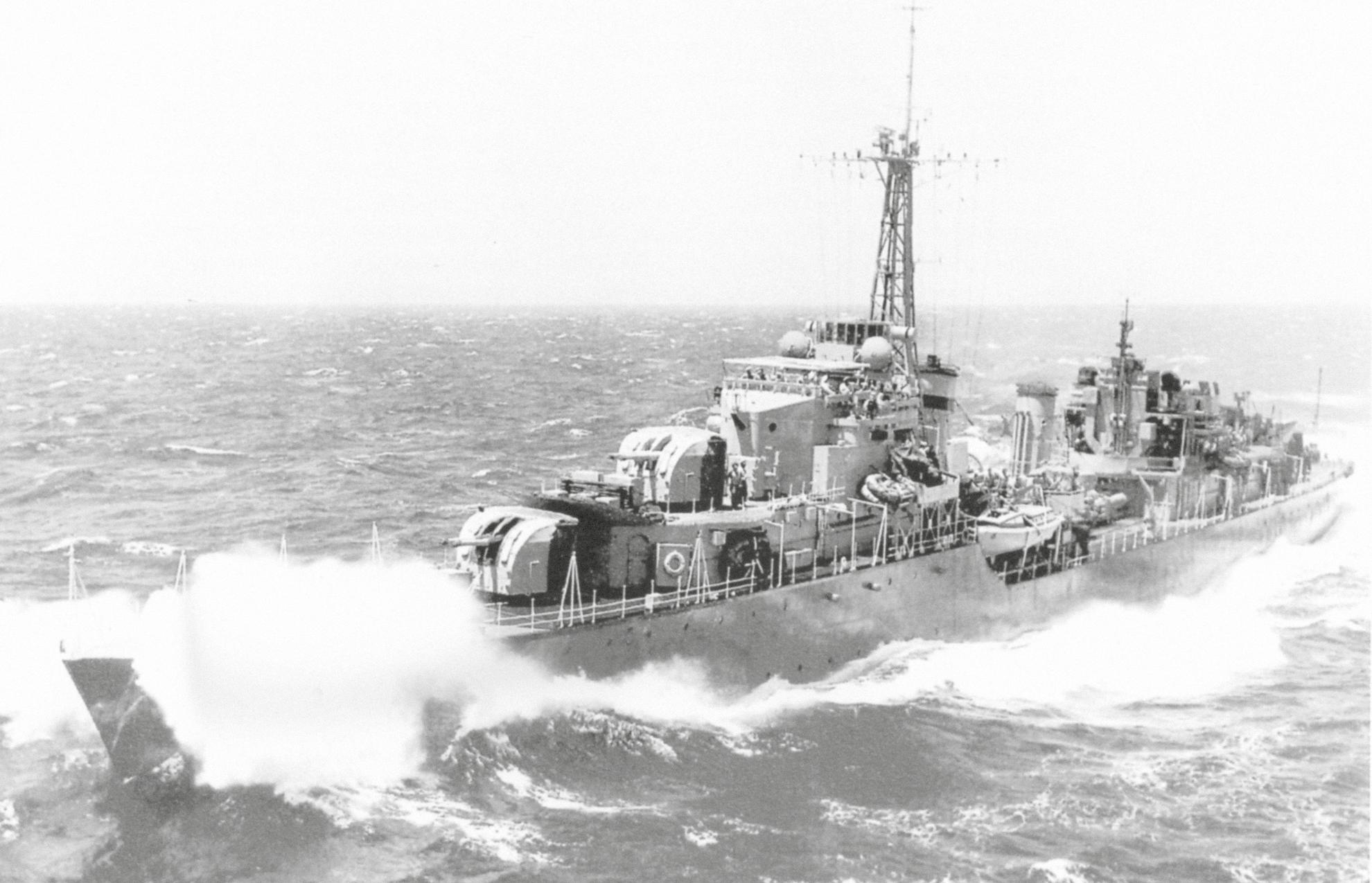
The advent of the Tribal class represented an attempt by the Admiralty to counter the more heavily armed destroyers then being built by other navies. The result was a large and powerful gun-armed destroyer, but one with a very limited torpedo capability.
The plan was to deploy these in two three-ship divisions, with a seventh destroyer acting as a flotilla leader. As a consequence of Japans rejection of naval treaty limitations, the numbers were increased slightly to two eight-destroyer flotillas, the second batch of nine ships being ordered in 193637. All of these were ordered in addition to the regular annual flotilla building programme, as they were seen as a special case destroyers earmarked to support other flotillas, with the firepower needed to destroy any enemy destroyer or light cruiser sent against them. As such they were initially dubbed Support Destroyers, although by the summer of 1936, when the first of them were laid down, they were given the collective title of the Tribal class.
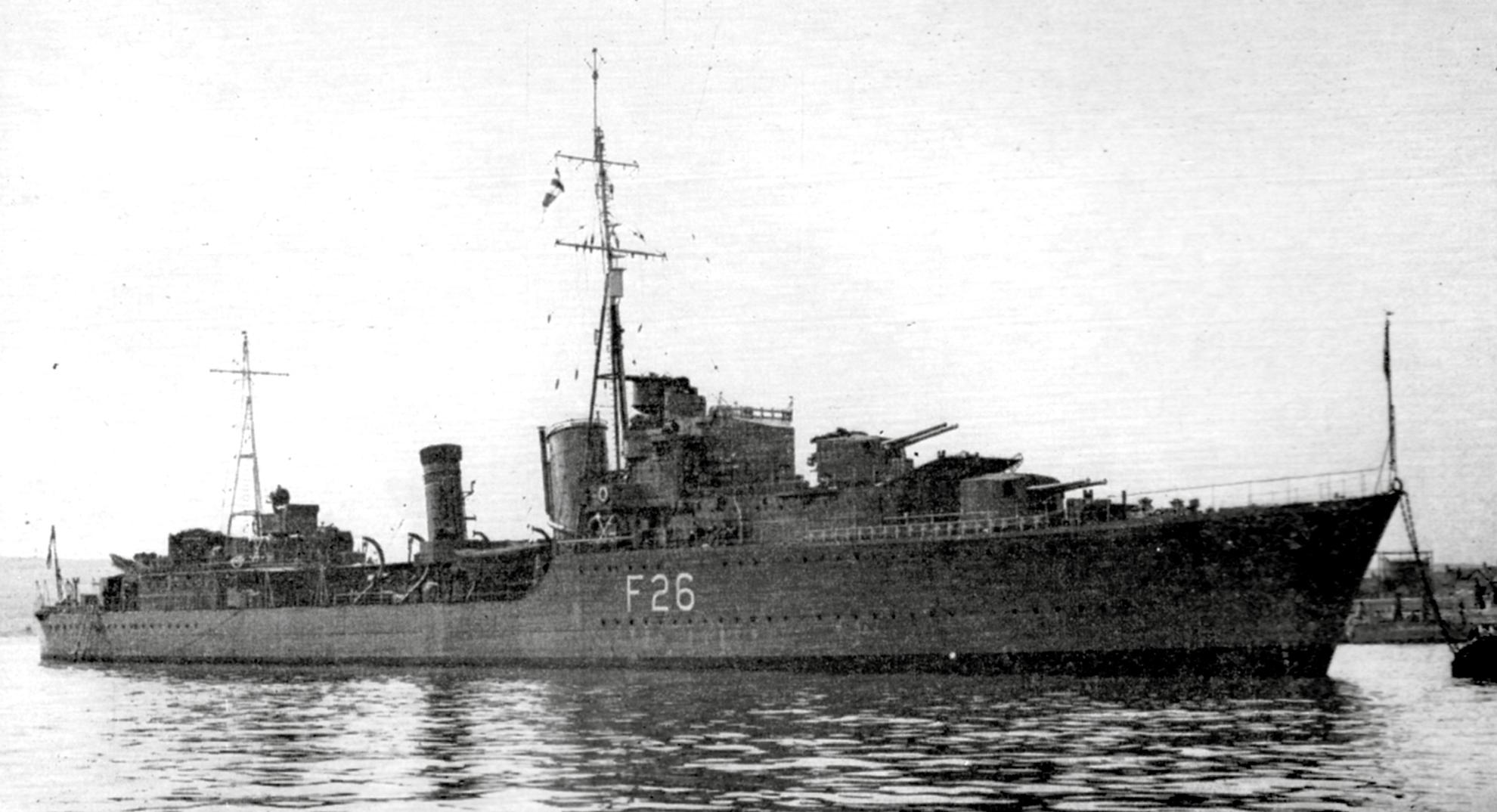
The Tribal-class destroyer HMS Matabele, as she appeared in early 1939, when she joined the Home Fleet. She remained in northern waters throughout her brief career, until she was torpedoed and sunk off the Kola Inlet in January 1942. There were only two survivors.
When the initial designs had been sent to all the fleet commanders for comment, most had welcomed the introduction of twin gun turrets, and suggested these could be used to enhance the firepower of their fleet destroyers. At the same time the DNC was working on the successors to the G-, H- & I-class destroyers, which were laid down between 1934 and 1936. Again, the 4.7in gun was the only acceptable choice, despite its inability to protect a ship from air attack. In the mid-1930s the extent of the threat posed by modern dive-bombers was not fully understood. If it had been, a greater emphasis might have been placed on the development of an effective dual-purpose gun.
The gun issue aside, the Admiralty still had to decide what kind of destroyer it wanted. The Tribals were regarded as unique, and clearly a smaller destroyer was required. However, would the emphasis be on guns, torpedoes, anti-submarine warfare (ASW), or an amalgam of these? Britain was negotiating the London Naval Treaty (1936) at the time, and so political considerations advised a return to a general-purpose medium destroyer design, while treaty-imposed displacement limits also made the unwelcome return of single gun mountings politically expedient.
So, the Admiraltys Staff Requirements called for a low-silhouetted medium destroyer, fitted with Asdic and depth charges, a main armament of 4.7in guns in four single mounts, and eight torpedoes in two quadruple launchers. Despite the will to return to single mountings, the eventual solution was a design with three open-backed twin turrets, two forward and one aft, with the torpedoes mounted amidships. To achieve this within the 1,700-ton treaty displacement limit of a medium destroyer meant a reconfiguration of the propulsion system. Fortunately recent developments in boiler technology permitted this, and in the summer of 1936 various designs were considered. The successful one, developed by the veteran naval architect A.P. Cole, was approved in November 1936, despite criticism that it involved an increase in destroyer size and displacement.
Font size:
Interval:
Bookmark:
Similar books «British Destroyers 1939–45»
Look at similar books to British Destroyers 1939–45. We have selected literature similar in name and meaning in the hope of providing readers with more options to find new, interesting, not yet read works.
Discussion, reviews of the book British Destroyers 1939–45 and just readers' own opinions. Leave your comments, write what you think about the work, its meaning or the main characters. Specify what exactly you liked and what you didn't like, and why you think so.



